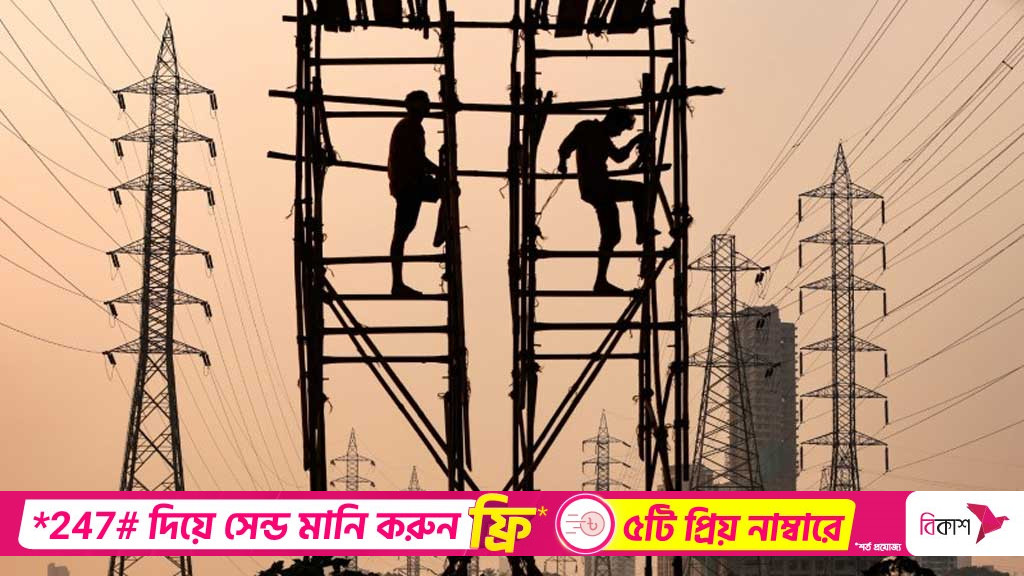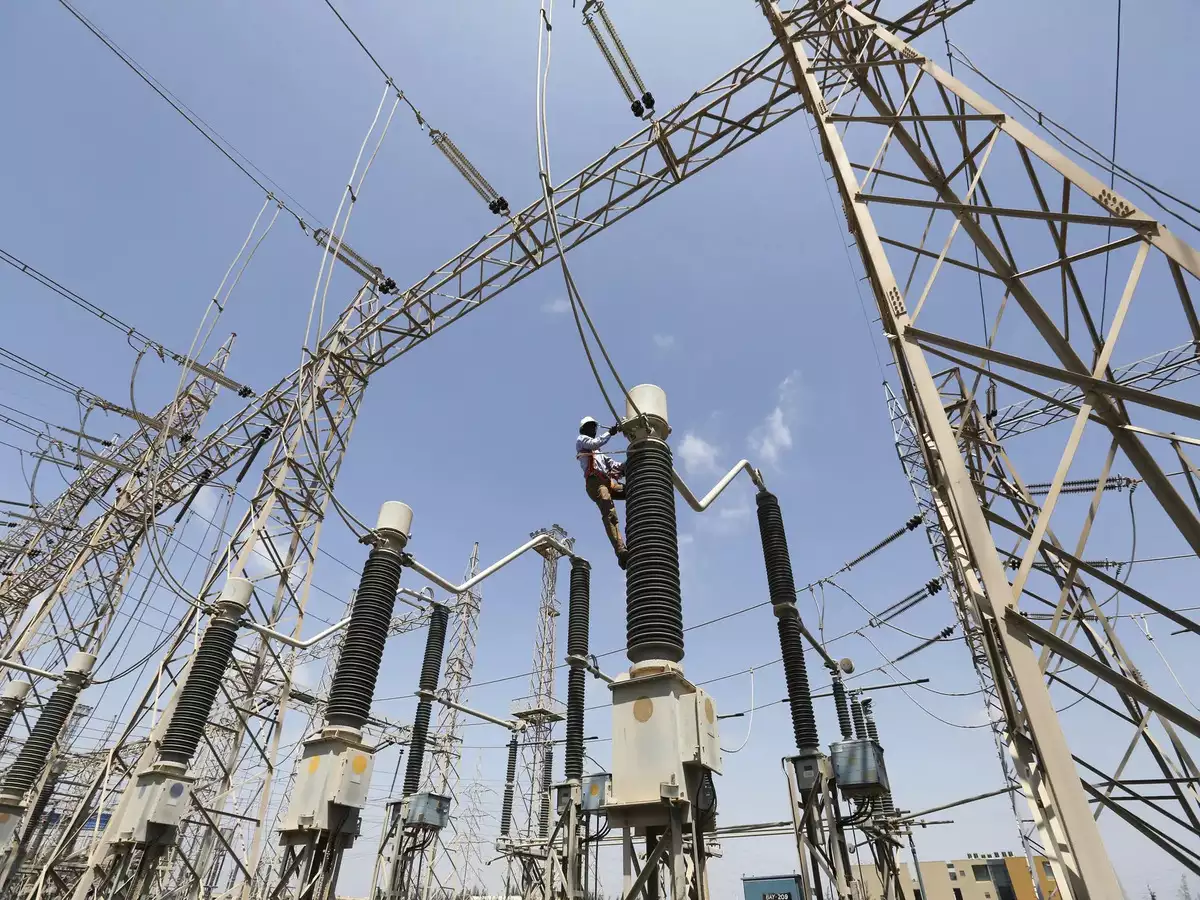Adani Power has recently been granted the flexibility to supply its newly opened coal-fired power plant’s output to the domestic market in India, thanks to a change in Indian power export regulations. The plant, located in Jharkhand, was originally set up under a contract to export all its power to Bangladesh.
However, an amendment to the 2018 guidelines now allows for the possibility of redirecting this power to the Indian grid if needed, particularly in cases of persistent non-scheduling or delays in payments.
The federal power ministry’s memo, dated August 12, signals a shift in policy by permitting such generating stations to connect to the Indian grid. This policy update is crucial for Adani Power’s 1,600 megawatt (MW) Godda plant, as it enables the company to mitigate political and payment risks associated with its export contract to Bangladesh.
This flexibility is expected to shield Adani Power from potential disruptions and uncertainties in the Bangladeshi market.

Adani Power Gains Flexibility to Supply Indian Grid from New Coal Plant Amid Bangladesh Export Policy Shift
The timing of this regulatory change is notable, occurring shortly after the political turmoil in Bangladesh led to the fleeing of Prime Minister Sheikh Hasina amidst violent protests over job quota policies. The instability in Bangladesh underscores the importance of Adani Power’s new ability to adjust its energy distribution in response to geopolitical and economic challenges.
The Indian government’s amendment also addresses situations where there may be delays in payment for exported power, ensuring that plants like Adani Power’s can still contribute to the local grid. This change is seen as beneficial not only for current operations but also for future projects that may be committed to full export contracts, providing a safety net for their operations.
Adani Power has highlighted the plant as a model of India-Bangladesh cooperation. The company’s spokesperson emphasized that the new regulatory flexibility would enhance the availability of electricity in India, aligning with the country’s growing energy demands. This adjustment reflects a strategic move to balance international commitments with domestic energy needs.











































